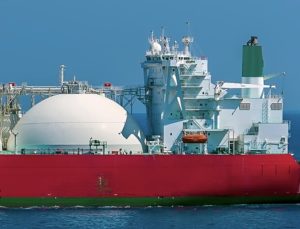 The global energy market shift in support of Europe’s break from Russian natural gas dependence has the potential to adversely impact our net zero emissions goal.
The global energy market shift in support of Europe’s break from Russian natural gas dependence has the potential to adversely impact our net zero emissions goal.
Climate implications of decisions made to support the countries impacted by Russian supplies of natural gas need to be considered. Opening new oil and gas markets could lead to distribution and infrastructure investments in resourcing countries such as the U.S., extending fossil’s dominance. New import terminals, pipelines etc. needed to increase natural gas imports will become stranded assets in the future.
These short-term solutions support status quo energy sources. Alternatively, deploying best available and indigenous resources (harkening back to Integrated Resource Planning days in the U.S.) could incent deployment of renewables, storage, grid, and conservation, and move us toward—not against—net-zero goals.
We must ensure that the world’s expanding climate mitigation plans are not imperiled in our responses. ECG is not alone in its observations; this one in the California Current and a Washington Post Op-ed by Daniel Yergin and Carlos Pascual speak to the problem faced and available solutions.
Meanwhile fusion energy’s promise of a conflict-free energy source, as imagined by the 35 member countries of the ITER Council, is ever more important. While we educate and engage decision makers on the resource itself, fusion’s stationary, industrial, and transportation technologies are under development—fusion science, research, and development are already producing commercial energy and power products improving our infrastructure in ways that should benefit all new and replacement builds. Fusion markets are already in play with the multitude of ancillary materials, super-computing, 3-D printing, and technologies created as part of power development and direct energy.
This is the way of all gamechangers or “moonshots”—bold visions that disrupt the status quo directly, while also supplying many other markets, and are therefore true engines of positive change. Alongside conservation, renewables, and storage, as well as temporary reopening of idle energy plants, fusion’s innovations to grid and power delivery should be applied so that as the Ukraine and Europe seal their Russian gas pipelines, their new power supply reflects long-term climate planning, not short-term stranded and fossil dependent solutions.
Fusion’s improved transmission and power supply products should be included in a climate conscious and integrated energy supply approach to the shuttering of Russian gas.
